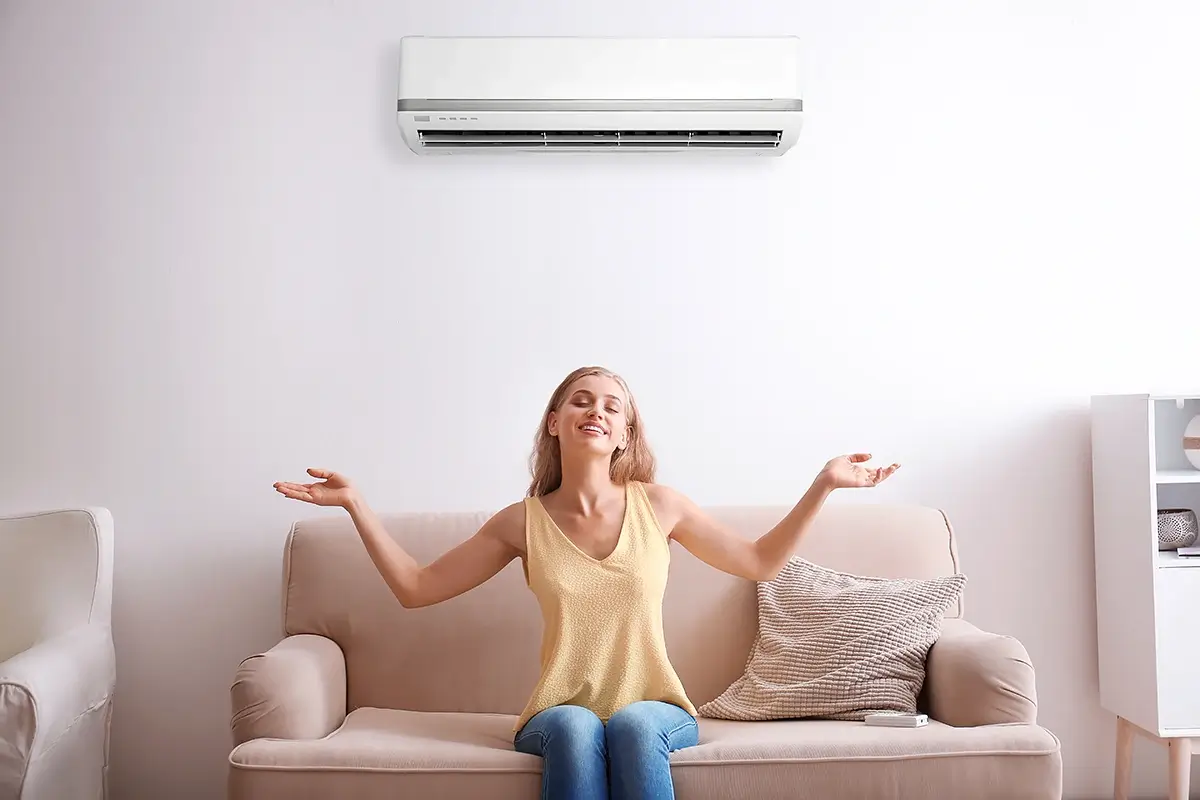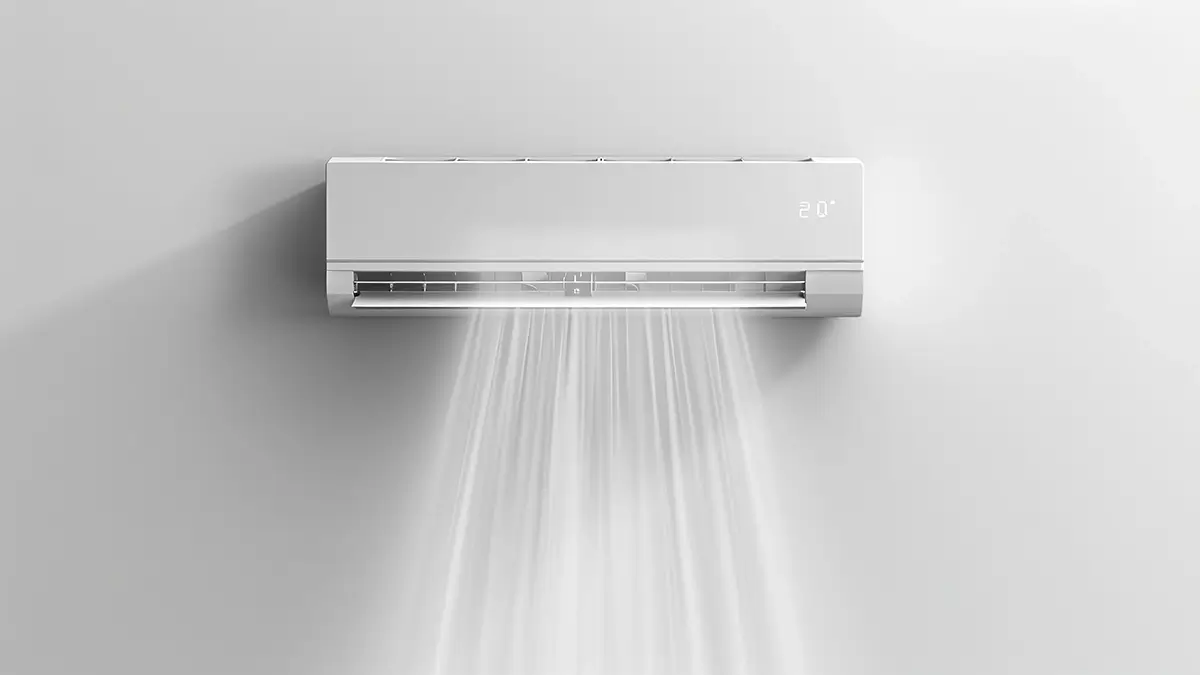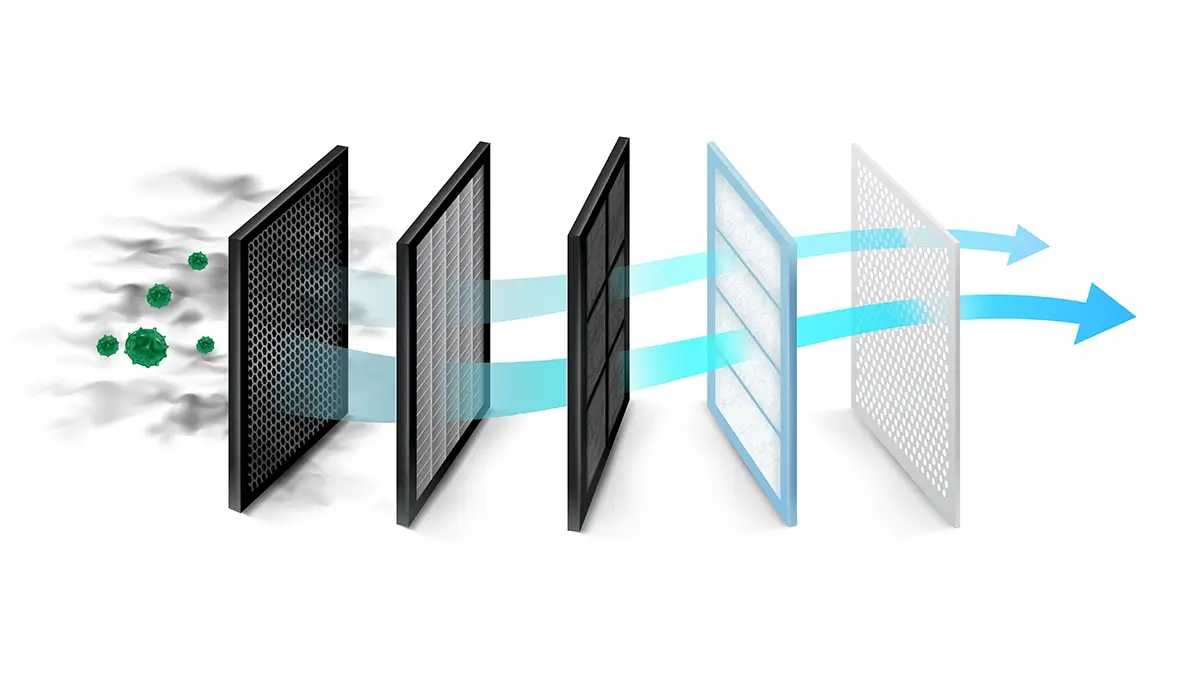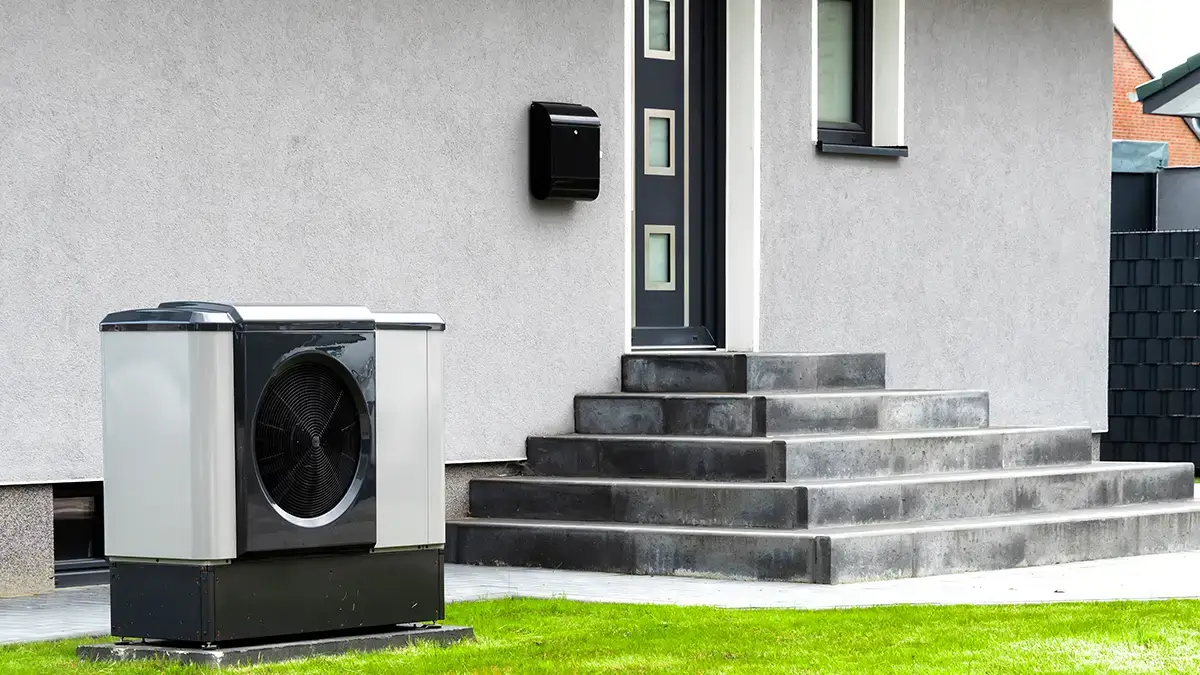
 Guide
Guide  Back What is photochemical smog and why is it particularly dangerous in summer?
Back What is photochemical smog and why is it particularly dangerous in summer? 
 Back
BackCan you see it? That brown haze hanging over the city on a summer day? It's not dust or steam, but Los Angeles-style smog, which takes shape when the sun is shining brightly and the streets can barely cope with the intense city traffic. Contrary to appearances, this is not a ‘summer version’ of winter air pollution, but a completely different chemical composition, threat dynamics and countermeasures. What is California smog, how does it form and why should we start taking it seriously? Explanations in the article.
It is not ordinary fog. It does not smell of damp or rain. It is the colour of old tea and has an oppressive density. It hangs over the city on the hottest days, when the asphalt burns the soles of your feet and the air stands still. California smog is caused by chemical reactions triggered by the sun itself. All it takes is the right mix: nitrogen oxides, hydrocarbons (i.e. volatile organic compounds), a little UV radiation, and you have a recipe for air pollution.
This phenomenon has been given various names. It is referred to as smog, despite its brown colour. However, one of the most commonly used terms is Los Angeles smog, as this is where the brown haze first appeared. Surrounded by mountains, crowded with cars and shrouded in sunshine, the city became a textbook example of how urbanisation and motorisation can turn the air into a hazard.
Air pollution does not come from nowhere. California smog requires perfectly imperfect weather: full sunshine, no wind, high temperatures (above 25°C) and humidity below 70%. Sound familiar? That's typical weather in many urban areas in the middle of summer.
Although weather conditions play a major role, humans still have a hand in it. How is photochemical smog formed? First, nitrogen oxides (NOx) and volatile organic compounds (VOCs), mainly from exhaust pipes, factory chimneys, evaporating paints, solvents and even... household fires burning leaves. When these substances come into contact with intense sunlight, photochemical reactions begin, resulting in the formation of, among other things, tropospheric ozone – a strong oxidant that is dangerous to humans and the environment.
But chemistry is only half the problem. The other half is architecture and geography. When a city lies in a valley, is surrounded by hills or densely built-up, pollution has nowhere to escape. Without wind, it rises and accumulates, forming a dome under which it is difficult to breathe freely.
Summer is a time for holidays, shorts, flip-flops... and, unfortunately, chemical fog hanging over the city. Contrary to appearances, the summer months are the perfect time for California smog to develop. How is this possible?
Now that we know what photochemical smog is, the question remains: how does it affect us, especially when its concentration is at its highest? Remember, it's like a guest that no one invites, but always shows up anyway.
You don't have to see it to feel that something is wrong. It starts innocently enough: a slight burning sensation in the eyes, a scratchy throat, fatigue. Then comes coughing, shortness of breath, wheezing, headaches, drowsiness. Where do these symptoms come from?
The compounds contained in Los Angeles-type smog penetrate deep into the respiratory tract, irritate the mucous membranes and, with prolonged exposure, begin to damage the alveoli. Over time, this can lead to chronic breathing problems and even the development of cardiovascular disease and cancer. The risk group therefore includes primarily the elderly, children, pregnant women and anyone struggling with heart and lung disease.
And that's only half the problem. California smog disrupts photosynthesis, which directly affects the condition of vegetation. Materials such as rubber, paints, plastics and fabrics are also weakened.
This invisible enemy therefore works on many fronts at once: it negatively affects people's well-being, destroys nature and eats away at cities from the inside. And all this in bright sunshine and beautiful weather, which should herald a carefree day.
The first step? Turn on an air quality app. Just as you check the weather or traffic, check the levels of ozone and other pollutants. If the alert is orange or red, you know it's not a day for jogging in the park or walking with your child at midday.
Los Angeles-type smog is particularly dangerous during rush hour. The highest levels of pollution occur in the morning (7-9 a.m.) and late afternoon (4-6 p.m.). Avoid leaving the house at these times if possible. Also, refrain from opening windows – there will be time for fresh air later.
You won't be able to breathe easily at home if you don't take care of the air. Our KAISAI ICE wall-mounted air conditioner has a built-in Bio HEPA filter that removes even the smallest particles that are harmful to your health.
You need to focus on how photochemical smog is formed. This directly indicates that the best solution is to reduce traffic. Clean transport zones, bans on combustion engine cars in city centres and taxes on high-emission vehicles are just some of the ideas that are already being implemented and working in some places.
However, alternatives should also be sought, rather than simply imposing bans. Investment in efficient public transport, urban rail, fast trams, cycle networks and infrastructure for pedestrians should be standard in a modern, breathable city. Where cars cannot be dispensed with, it would be worth promoting electromobility, carpooling and park & ride systems.
Changes in spatial planning are also key to reducing the likelihood of California-style smog. Less dense development and more greenery mean better air circulation. Parks, green roofs and strips of vegetation between streets are just some examples of natural ways to improve the microclimate.
Does this seem difficult to achieve? Tokyo has banned the registration of vehicles without a parking space. Copenhagen has built a network of cycle paths that rivals the metro. Paris closes its city centre to cars on summer weekends. The result? Less Los Angeles-style smog, less noise, more people on the streets – but this time with smiles on their faces instead of masks.





